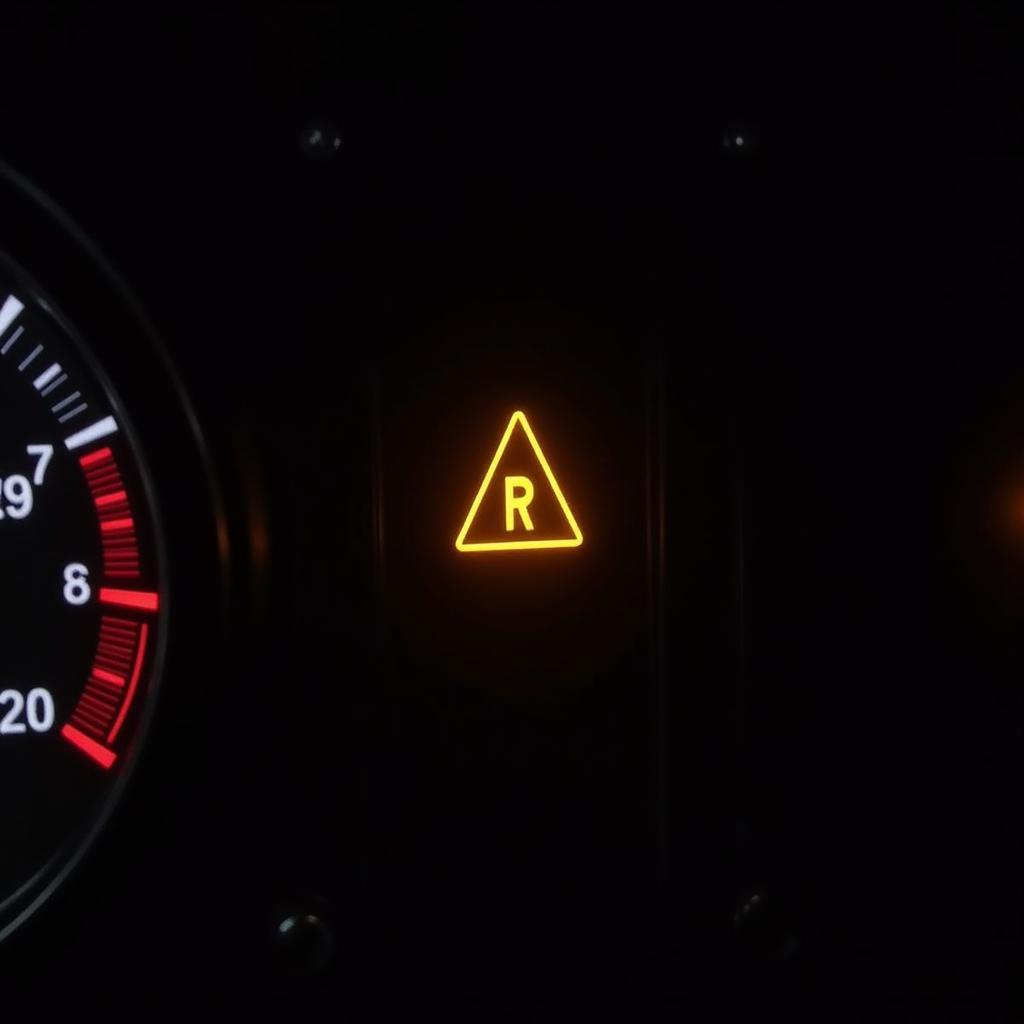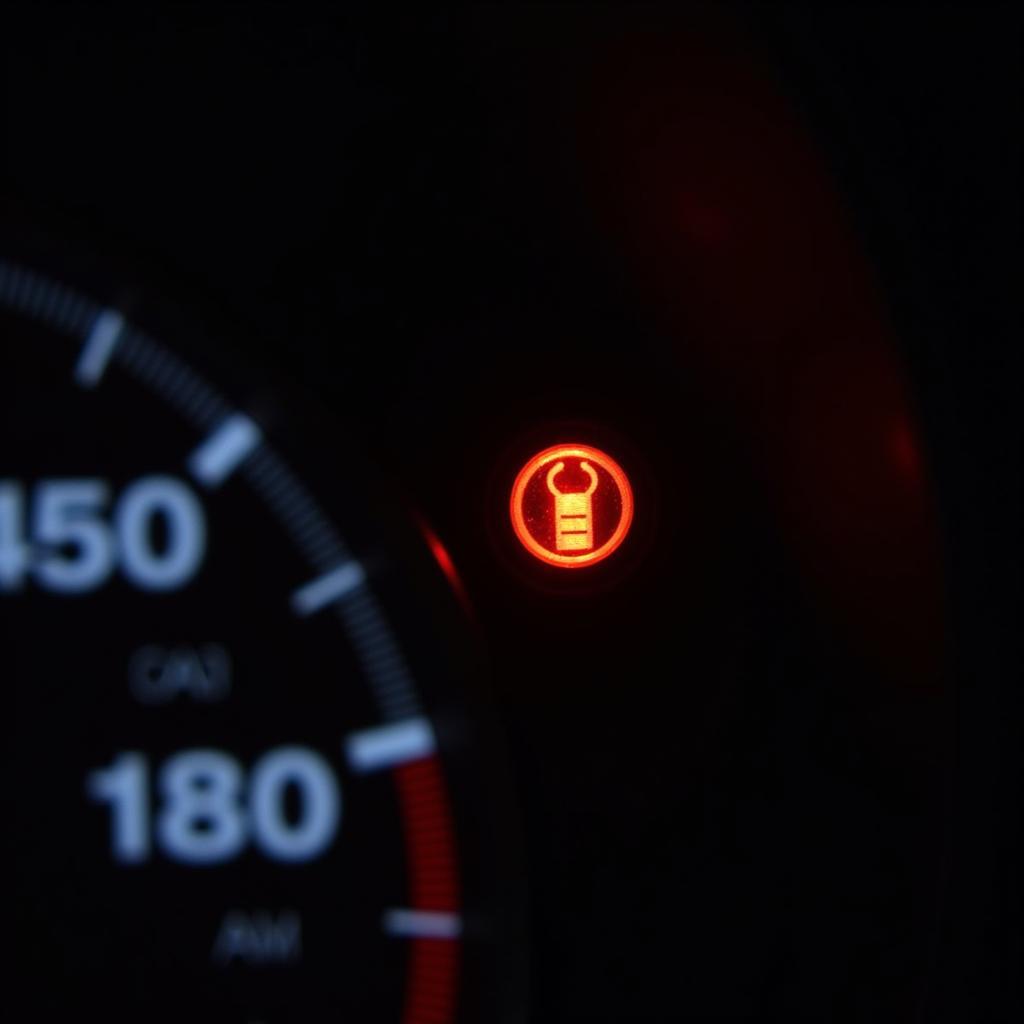The infant car seat warning label – a collection of symbols, warnings, and instructions – can seem like a foreign language, especially for sleep-deprived new parents. But understanding this vital information is crucial for your baby’s safety. This comprehensive guide will decipher the mystery behind those labels, ensuring you have the knowledge to transport your little one safely and securely.
Why Warning Labels Matter: Preventing Tragedy One Ride at a Time
Every year, countless children are injured or worse in preventable car accidents. Infant car seat warning labels, while seemingly small, play a big role in reducing these risks. They provide crucial safety information, often overlooked in the excitement of bringing a new baby home.
Think of it this way: Just as you wouldn’t ignore a stop sign at a busy intersection, disregarding car seat warning labels can have serious consequences. These labels are not mere suggestions; they are based on rigorous testing and safety standards designed to protect your most precious cargo.
Demystifying the Symbols: A Visual Guide
Car seat warning labels use universal symbols to convey important information quickly. Here’s a breakdown of common symbols:
- Red Circle with a Line Through It: This symbol indicates a prohibited action, such as installing the car seat in the front passenger seat with an active airbag.
- Exclamation Mark within a Triangle: This signifies a general warning. Always read the accompanying text to understand the specific hazard.
- Arrows Indicating Weight and Height Limits: These provide a visual guide to ensure your child is within the safe range for the car seat.
Common Warning Label Messages and What They Mean
Besides symbols, warning labels contain important messages. Let’s decode some of the most frequent ones:
1. “Never install this car seat in the front passenger seat with an active airbag.”
This is arguably the most critical warning. In a crash, an airbag deploys with tremendous force, posing a deadly risk to a rear-facing infant. Always install infant car seats in the back seat, preferably in the middle position if possible.
2. “Use only with a vehicle seat belt that is approved…”
Not all seat belts are created equal. This warning reminds you to use the vehicle’s built-in seat belt system correctly, ensuring a secure installation of the car seat.
3. “Do not add blankets, padding, or other accessories…”
Extra padding might seem comfy, but it can interfere with the car seat’s ability to protect your child in a crash. Always follow the manufacturer’s instructions for proper use.
Beyond the Label: Pro Tips for Optimal Car Seat Safety
- Registration is Key: Register your car seat to receive timely notifications about recalls or safety updates.
- Check for Recalls: Regularly check online databases or the manufacturer’s website for any recalls related to your car seat model.
- Expiration Dates Matter: Car seats have expiration dates. This ensures you’re using materials that haven’t degraded over time.
- Professional Installation: When in doubt, seek help! Certified car seat technicians can ensure proper installation and address any concerns.
Conclusion: Prioritizing Safety, One Ride at a Time
Understanding and adhering to the information on infant car seat warning labels is paramount for your child’s safety. Remember, these labels are backed by research and designed to protect your most precious cargo. By taking the time to decode their messages and follow the guidelines, you contribute to safer journeys for your little one.
FAQs
- What if my car doesn’t have a back seat? Consult your vehicle and car seat manuals for guidance. In some cases, the passenger-side airbag can be deactivated, but this should only be done by a qualified professional.
- How tight should the car seat be when installed? Aim for minimal movement – no more than one inch of movement at the belt path.
- Can I use an expired car seat? No. An expired car seat may not provide adequate protection due to material degradation.
- Where can I find a certified car seat technician? Organizations like Safe Kids Worldwide or the National Highway Traffic Safety Administration (NHTSA) offer resources to locate technicians in your area.
- How often should I check my car seat installation? It’s a good practice to check the installation every time you use the car seat, especially after moving it between vehicles.


